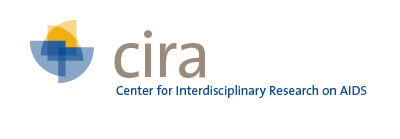| Abstract | Each year, the US AIDS drug assistance program (ADAP) provides access to prescription drugs-including antiretrovirals-to more than 110,000 persons living with HIV (PLWH) who lack adequate medical insurance. PLWH on effective antiretroviral therapy live longer lives, with enhanced quality of life, and are less likely to transmit HIV to others. There are thus significant benefits associated with the ADAP program. But there also are substantial costs. A mathematical model was used to assess the cost-effectiveness of the US ADAP program. Findings indicate that by providing antiretrovirals to underinsured persons, the ADAP program prevented 3,191 secondary infections and saved 24,922 quality-adjusted life years in 2008. The net cost per quality-adjusted life year saved was $11,955, which suggests that the ADAP program is cost-effective by conventional standards. |


